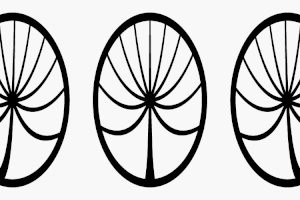
Back Lorentzkontraktion ALS تقلص الأطوال Arabic Contraición de Lorentz AST দৈর্ঘ্য সংকোচন Bengali/Bangla Contracció de Lorentz Catalan Kontrakce délek Czech Længdeforkortelse Danish Lorentzkontraktion German Contracción de Lorentz Spanish Lorentzen uzkurdura Basque
| Special relativity |
|---|
 |

Length contraction is the phenomenon that a moving object's length is measured to be shorter than its proper length, which is the length as measured in the object's own rest frame.[1] It is also known as Lorentz contraction or Lorentz–FitzGerald contraction (after Hendrik Lorentz and George Francis FitzGerald) and is usually only noticeable at a substantial fraction of the speed of light. Length contraction is only in the direction in which the body is travelling. For standard objects, this effect is negligible at everyday speeds, and can be ignored for all regular purposes, only becoming significant as the object approaches the speed of light relative to the observer.
- ^ Dalarsson, Mirjana; Dalarsson, Nils (2015). Tensors, Relativity, and Cosmology (2nd ed.). Academic Press. pp. 106–108. ISBN 978-0-12-803401-9. Extract of page 106